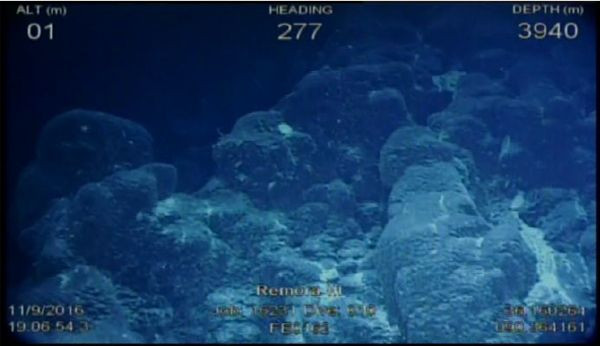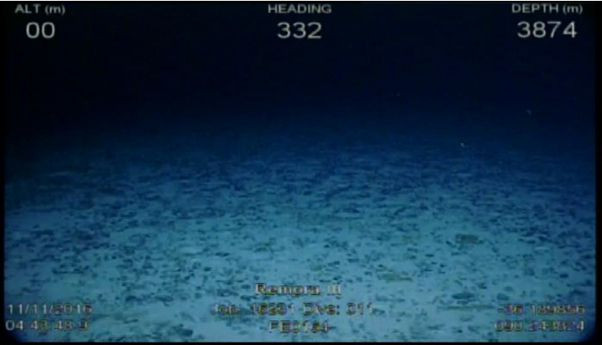Flight MH370 Update: Poor Weather Condition To Impact Missing Plane Search Progress

Weather conditions this week will impact the progress of the search for missing Malaysia Airlines Flight MH370, Australian Transport Safety Bureau (ATSB), said Wednesday. The underwater operation to locate the missing plane had already been pushed to end in January 2017 in accordance with the weather forecast.
ATSB, which is leading the search for the Boeing 777-200, said in its operational update that weather conditions are unsuitable for both Autonomous Underwater Vehicle (AUV) and Remotely Operated Vehicle (ROV) operations periodically during the week.
This week, search vessel Fugro Equator continued underwater search operations in the north of the search area, which is in a remote part of the southern Indian Ocean, using AUV. During the past week, Fugro Equator has undertaken five missions, each one taking an average of 21 hours.
Dong Hai Jiu 101, a second search vessel, continued underwater search operations using ROV in the middle of the search area. However, operations have been affected due to unsuitable weather conditions.
The vessel made two contact reacquisitions during the past week, both being identified as geological features.


Flight MH370 went missing on March 8, 2014, with 239 people on board while on its way from Kuala Lumpur to Beijing. So far, no concrete clues have been found explaining what may have happened to the jet.
After the underwater search of a 46,000-square-mile area, authorities will suspend the search efforts but it "does not mean the termination of the search."
"Should credible new information emerge that can be used to identify the specific location of the aircraft, consideration will be given to determining next steps," ATSB announced.
© Copyright IBTimes 2025. All rights reserved.




















